What Makes a Waldorf Toy?
If you have ever visited a Waldorf Early Childhood classroom, you may have noticed that all the toys are made of wood and natural materials, and you may have wondered why. In the Waldorf tradition, toys are seen as possessing qualities of warmth, beauty, and natural elements such as wood, wool, and silk.
In a typical Waldorf Kindergarten, you might find a beautiful traditional wooden doll house and dolls handmade from wool and cotton. All of these things come together to make play with Waldorf and wooden toys a meaningful experience for the child while nourishing their senses. Here are some of the elements to consider when you're choosing Waldorf toys to bring into your home.

Sensory Experience
Most wooden toys are soothing and appealing to the child's sense of touch. They are usually smooth and warm and have a beautiful scent, especially when they've been polished with beeswax.
Young children are discovering the world with all their senses, and this includes their experience of toys. They will learn about a toy by putting it in their mouth or smelling and touching it, so it is important to choose toys that will nourish and gratify a child’s senses.
Inviting Imaginative Play
Rudolf Steiner, the founder of Waldorf education, stressed that imaginative play in early childhood is the key to creative thinking in adulthood. Since Waldorf toys tend to be simple and less formed, they leave more room for a child's imagination.
Toys that are battery-free, that don’t have any bells or whistles, and don’t make artificial noises allow children to make their own sounds, imagine what the toy is doing, and make the toy move themselves.

Beauty
A quote attributed to the ancient Greek philosopher Plato says:
“The most effective kind of education is that a child should play amongst lovely things.”
In Waldorf education, we aim to give children playthings that not only feel lovely to touch but that also are beautiful to look at. In a Waldorf Early Childhood classroom, the goal is to create a home-like environment and to surround a child with beauty.
In general, Waldorf toys tend to be aesthetically pleasing. Many natural wooden toys are truly works of art and look lovely displayed in a child's room, or elsewhere in the home, even after the child has grown.
My children are young adults now but I still have lots of their wooden toys from childhood displayed in my home. They bring a smile to my face, remembering the magical years of their childhoods.
Eco-Friendly and Sustainable
Wood is a sustainable material that is recyclable and biodegradable. You will also find Waldorf toys made from other sustainably harvested materials like wool, linen, flax, and beeswax. There was a study recently that showed that three months after Christmas, 41% of toys that were gifted to children are broken and end up in a landfill.
Waldorf toys are built to last. They are heirloom toys that can be passed down to future generations. They are generally not throwaway toys. When your child outgrows a wooden toy, it can be saved for future grandchildren or passed on to a younger child.

Safety
Most early childhood teachers are concerned with a child's safety. We want to bring healthy, natural materials into our classroom. Wooden toys are free of harmful chemicals and substances like BPA and phthalates.
Parents and caregivers can rest easy knowing that unpainted wooden toys are free of lead paint. If you are caring for a child under the age of three who is still putting things in their mouth, wooden toys will give you peace of mind, knowing that you are not exposing your child to potentially toxic chemicals. Furthermore, studies have shown that wood is also naturally antibacterial!
How to Choose the Best Toys for Children
I hope this gives you some insight into the benefits of Waldorf and wooden toys. When choosing playthings for your child, it's important to remember that it’s not about good toys versus bad toys – but rather about being mindful about the full experience that a toy can bring.

When choosing a toy for your child or for a gift, you might ask yourself:
- Is it safe?
- Is it pleasing to the senses?
- Will it invite imaginative play?
- Is it open-ended (i.e., can it be played with in multiple ways)?
- Is it beautiful?
- Is it eco-friendly?
If you can answer yes to most of these questions, chances are good that you are choosing a beautiful toy that will be enjoyed for years and passed on to future generations!
Sarah Baldwin, M.S.Ed.
Waldorf Early Childhood Education


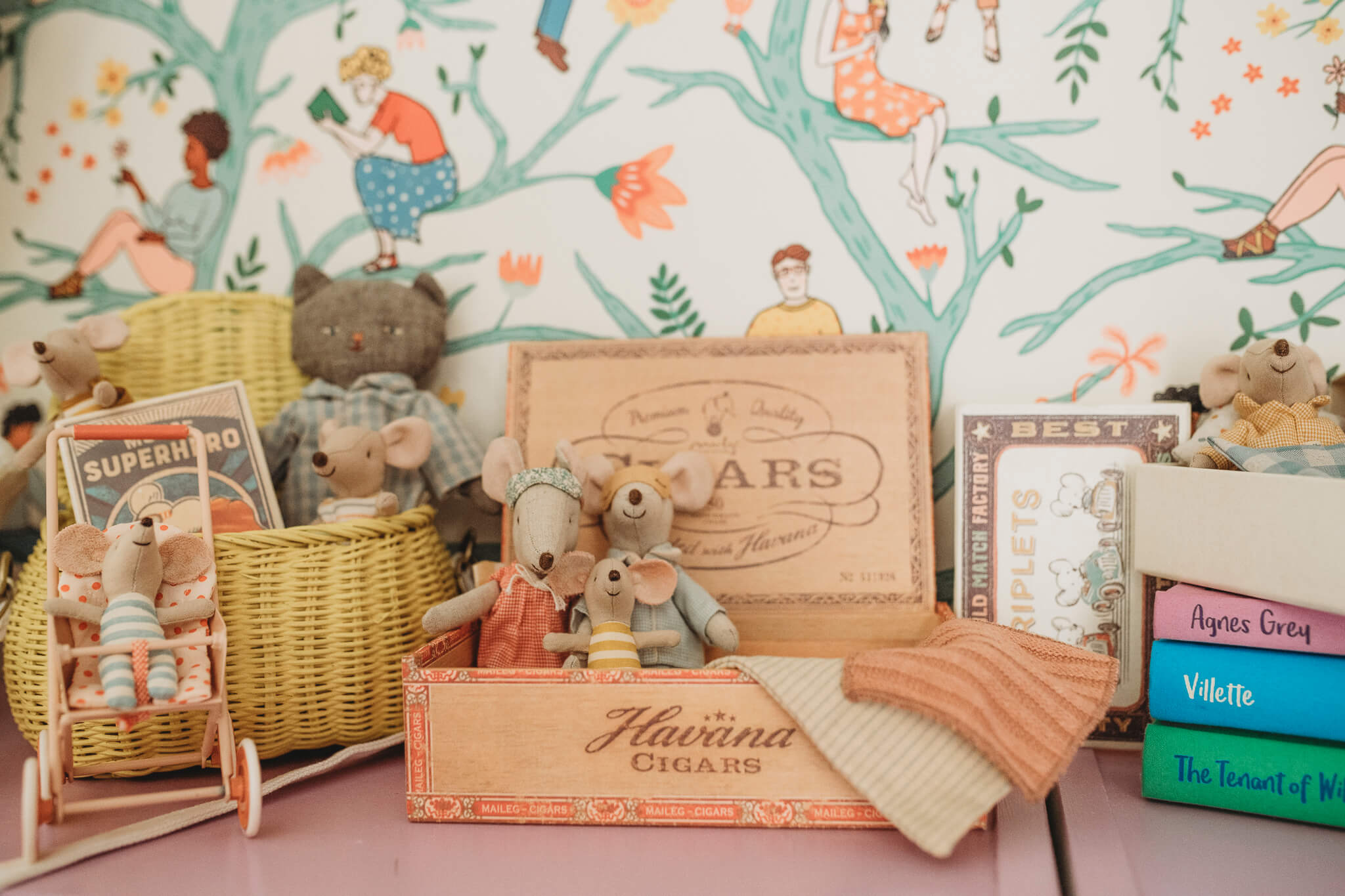
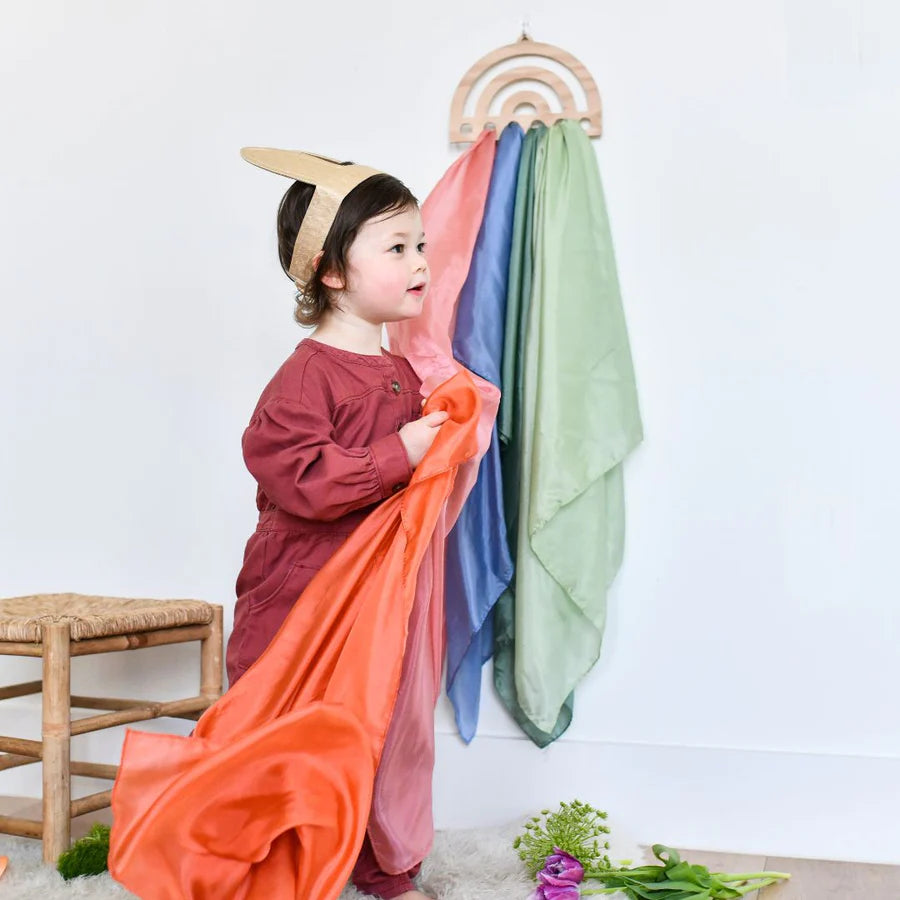
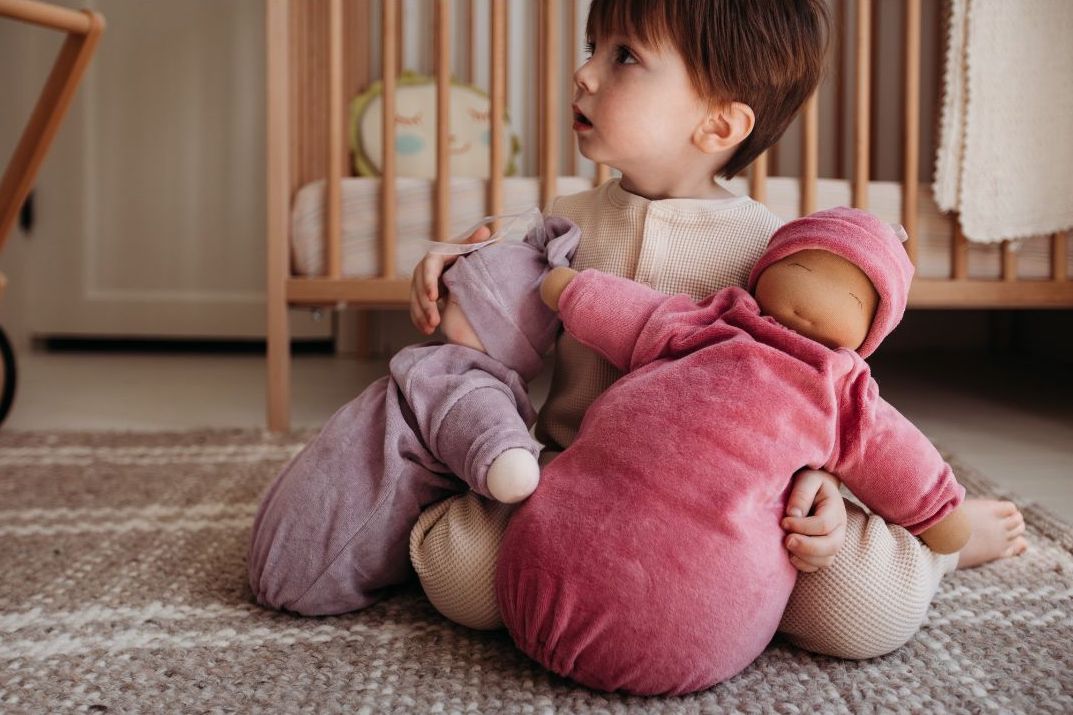
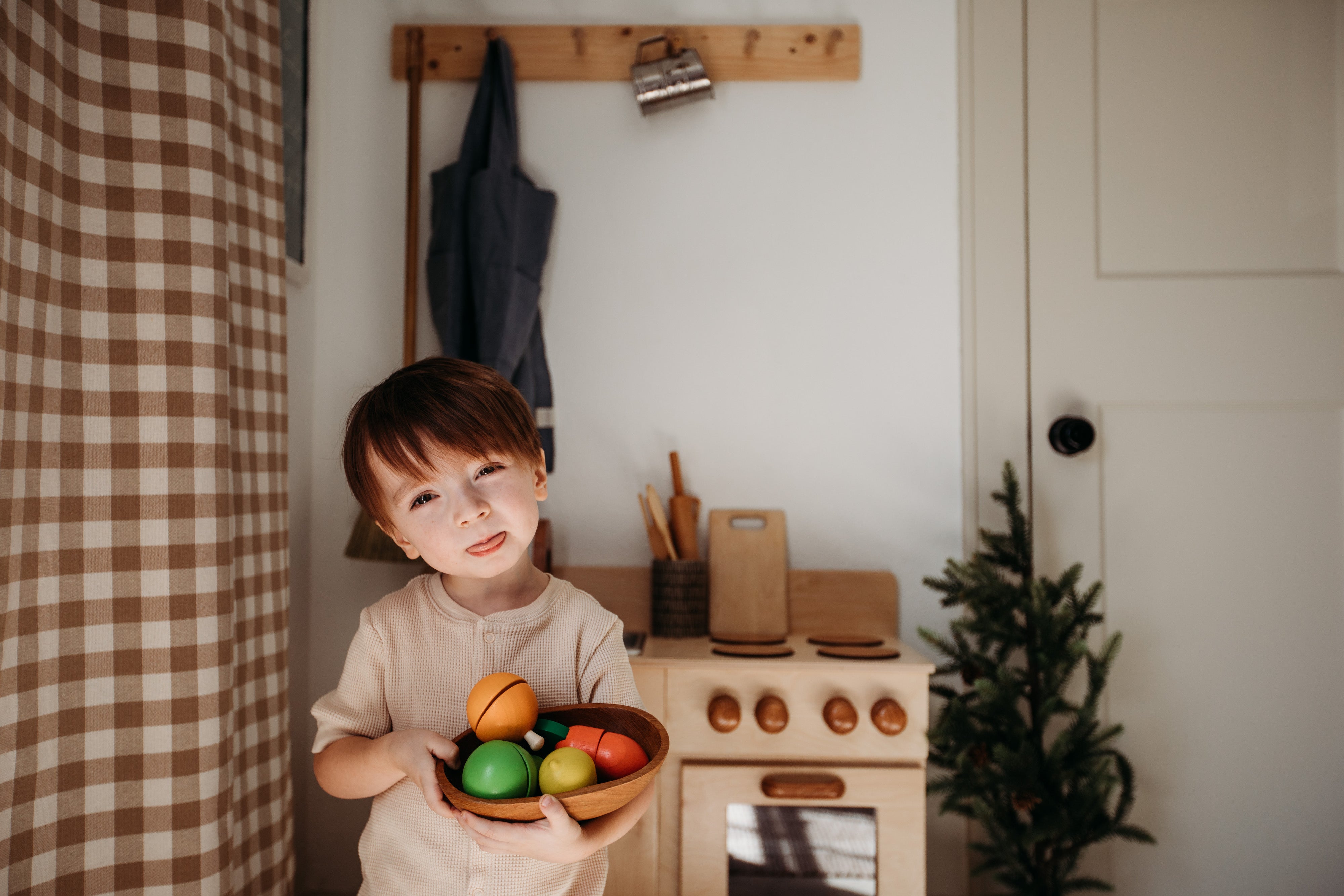
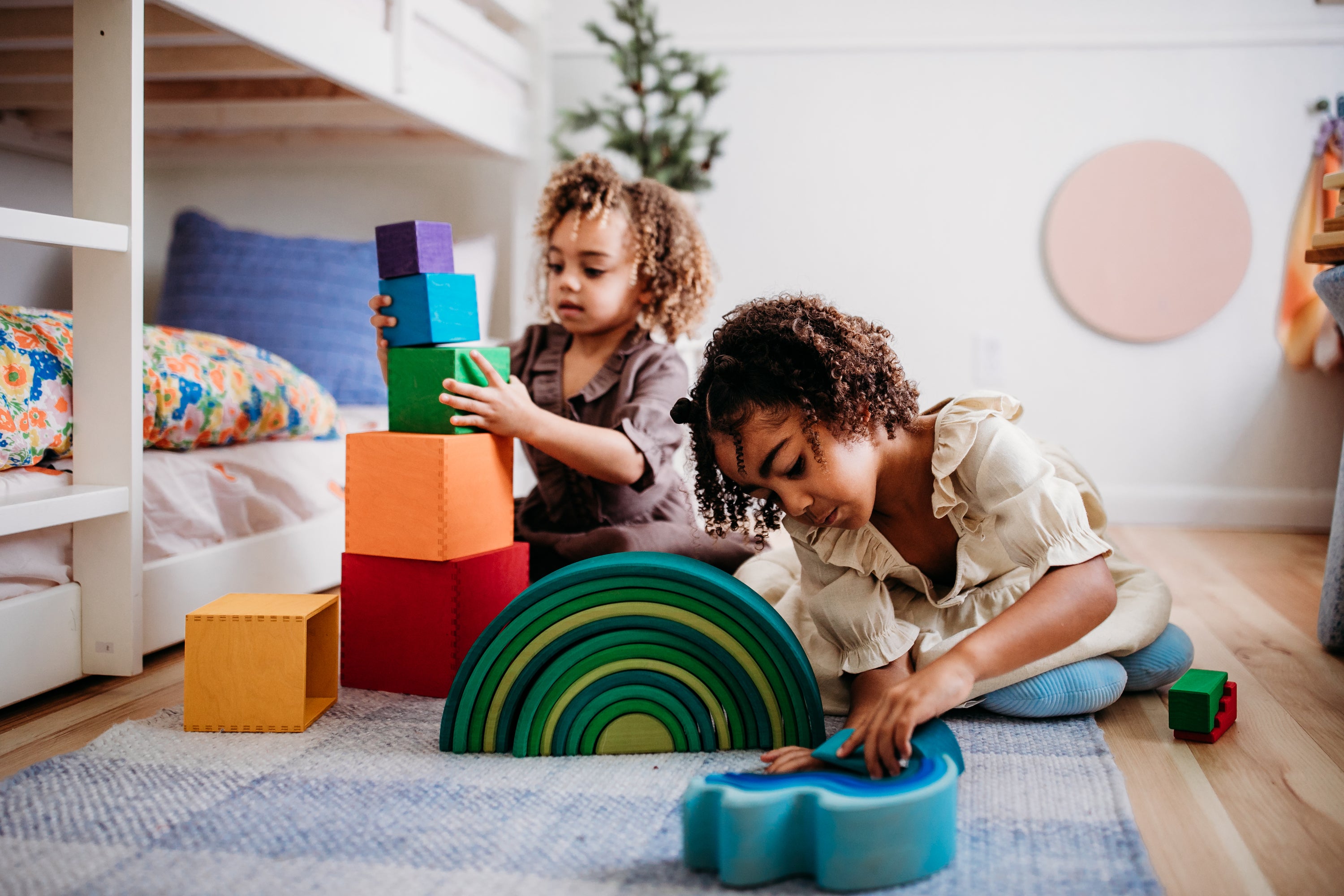
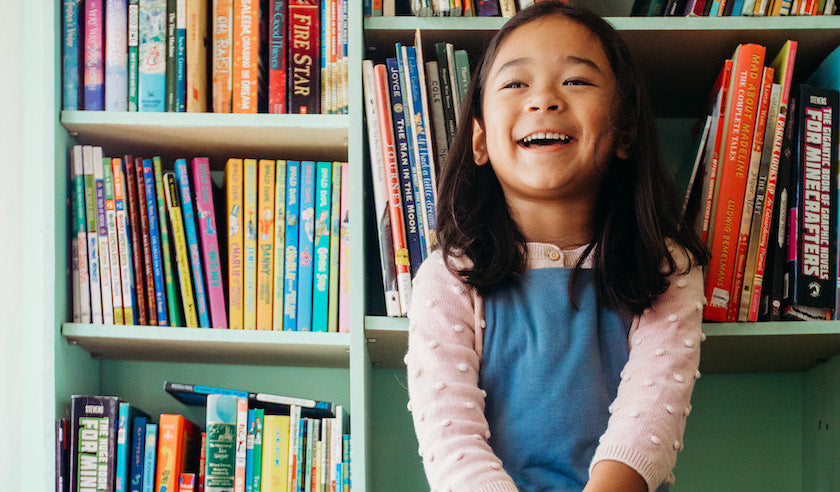
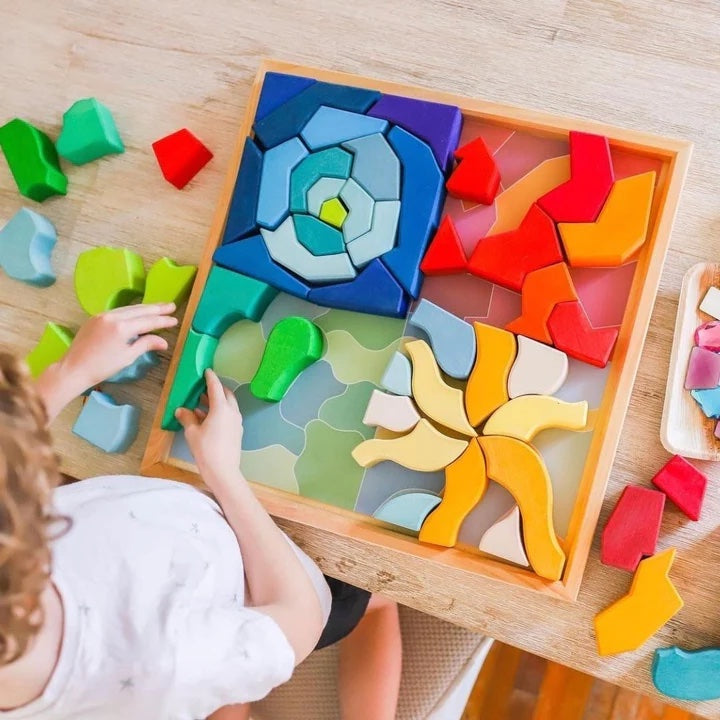
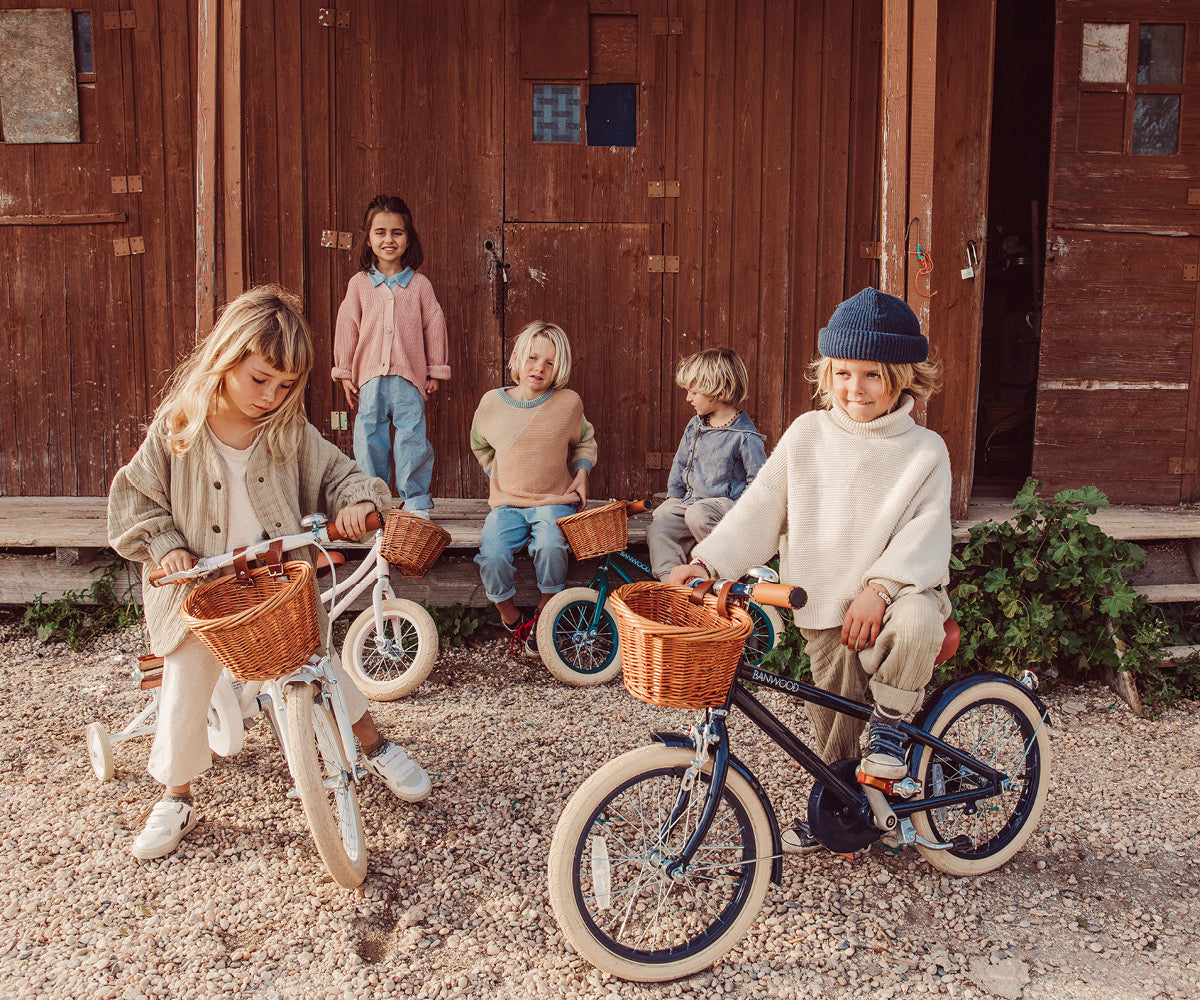
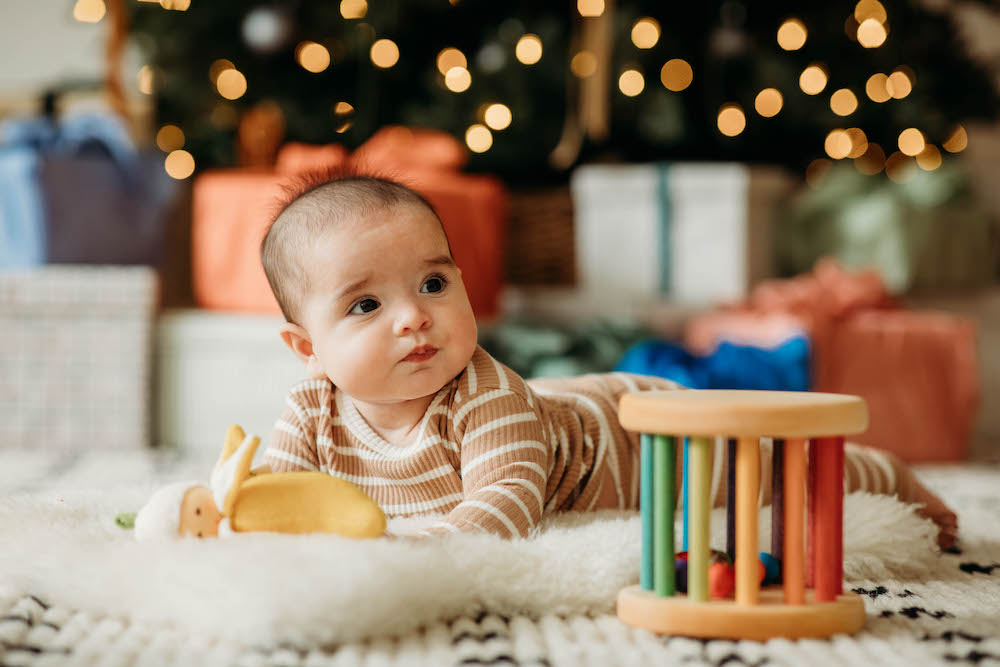
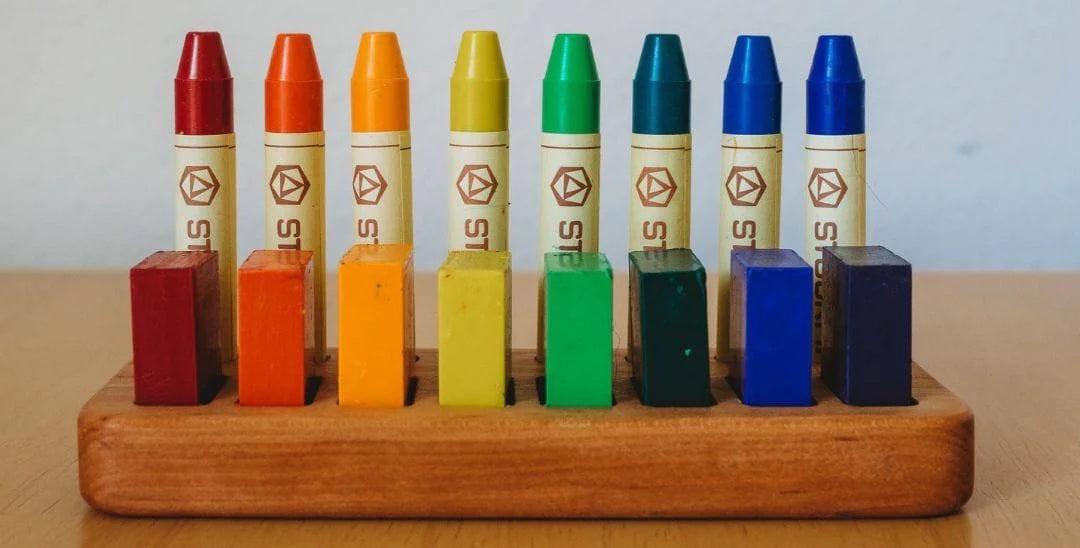

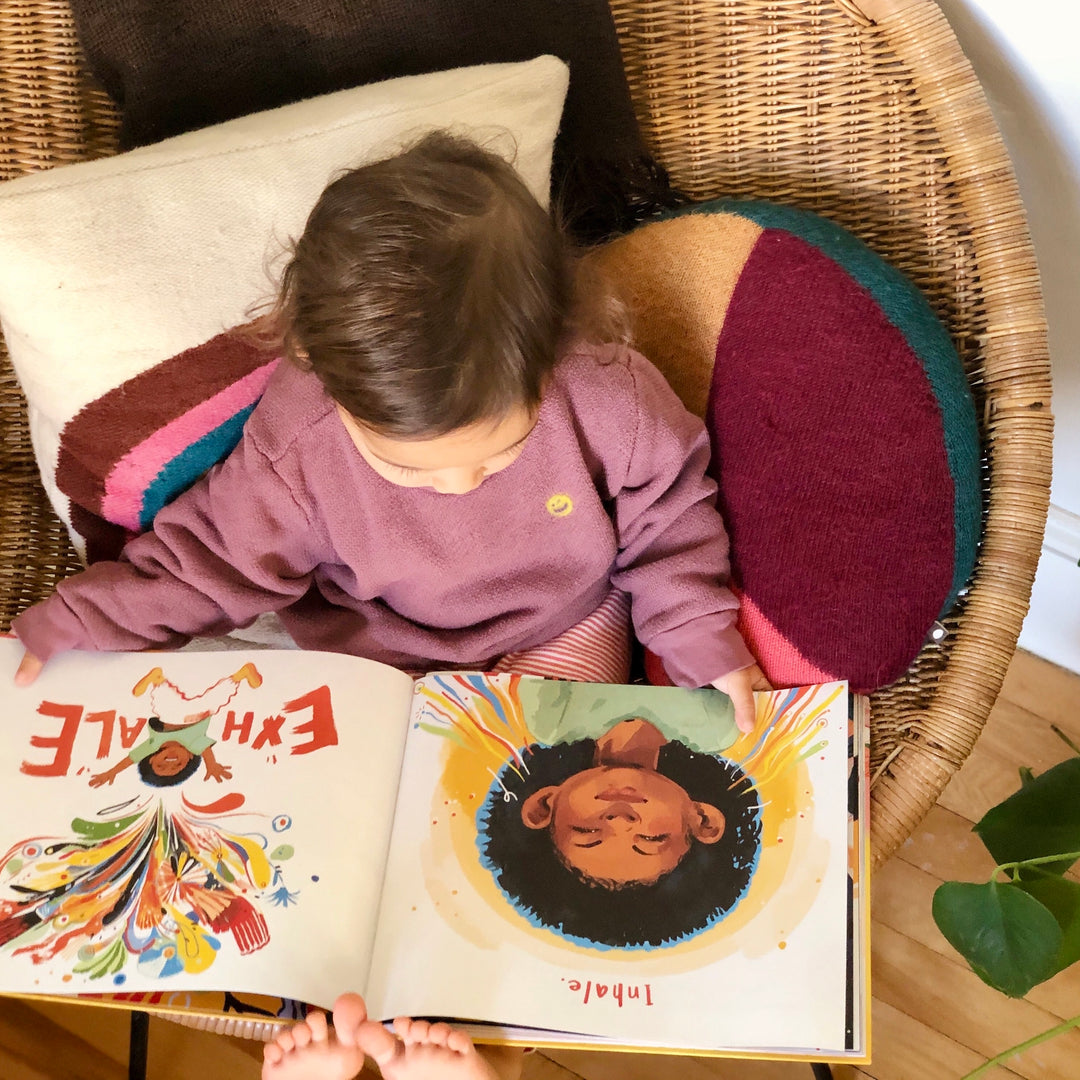
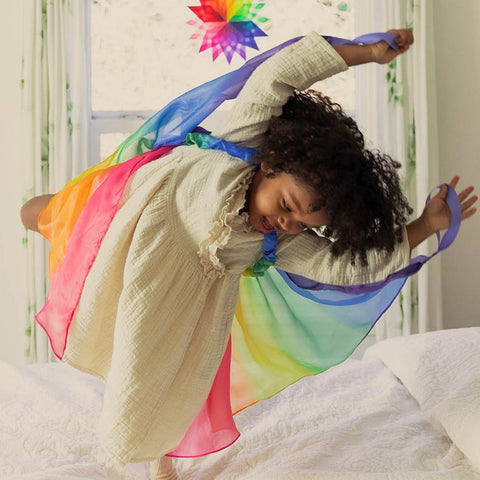
Leave a comment